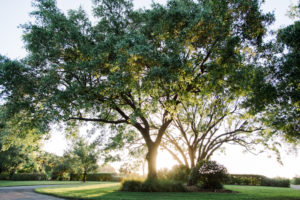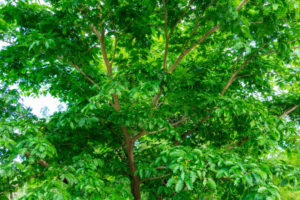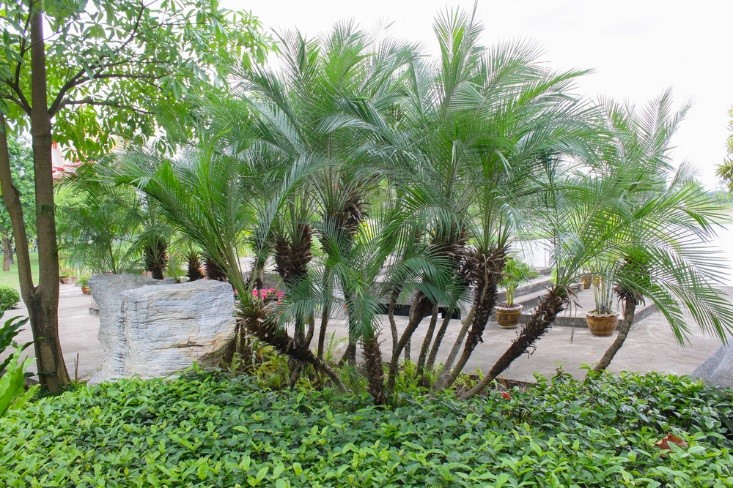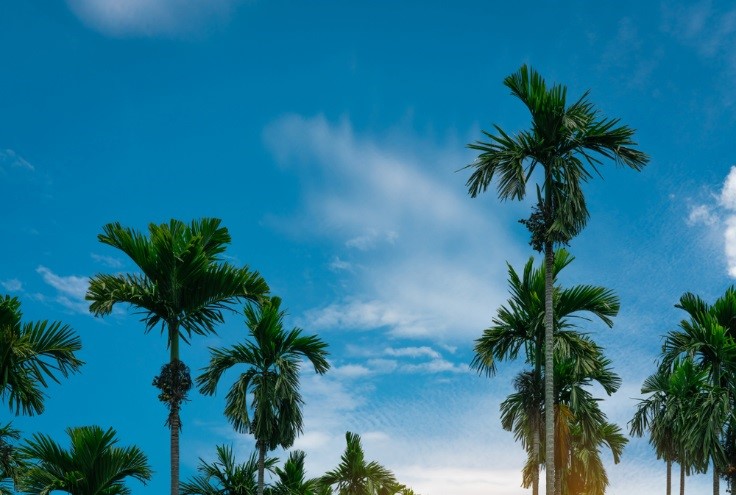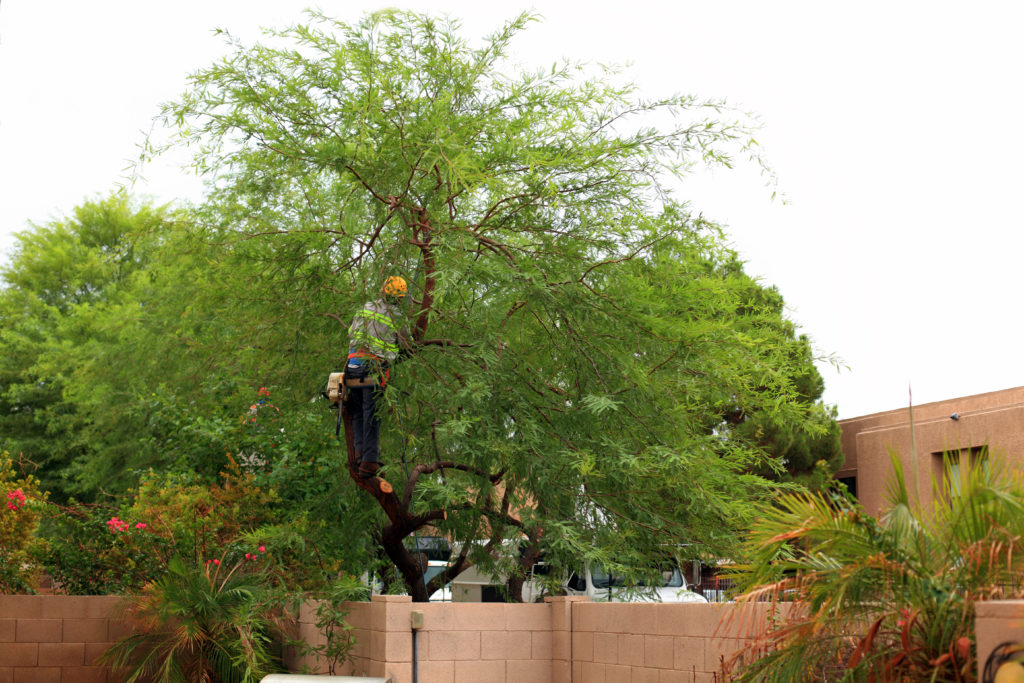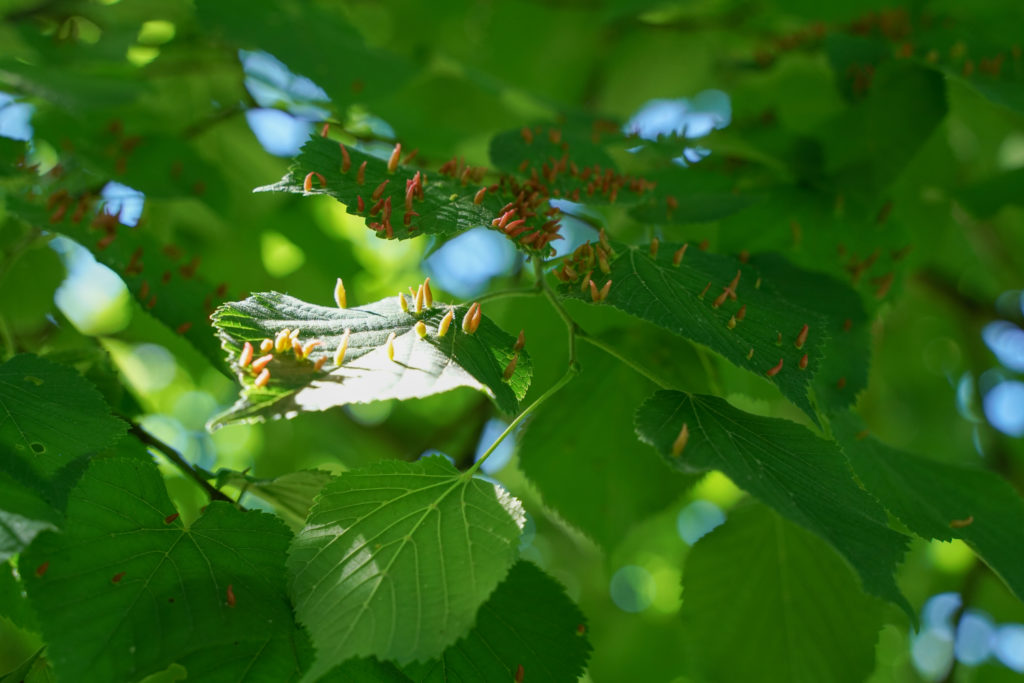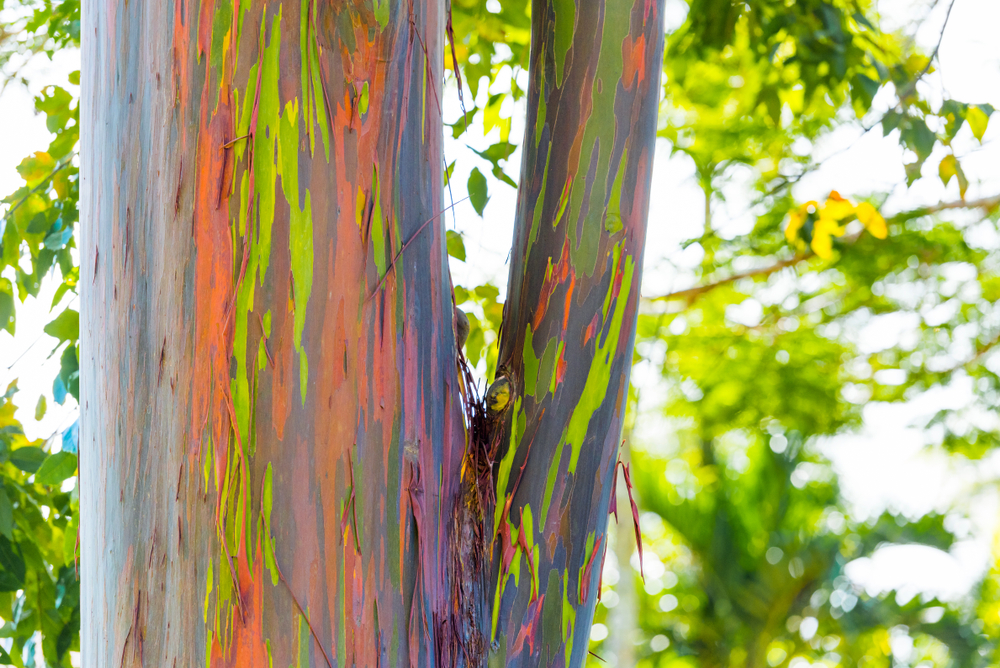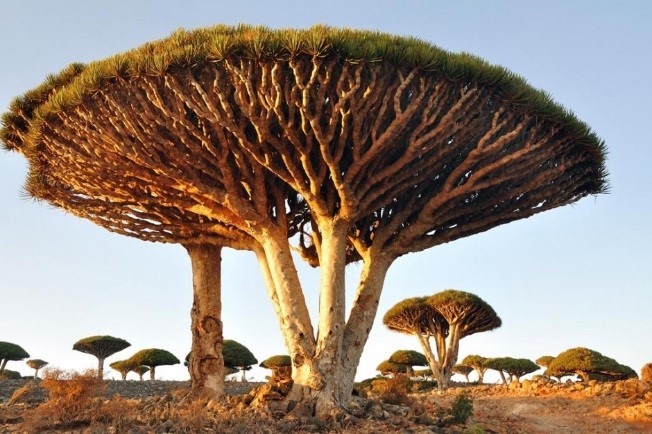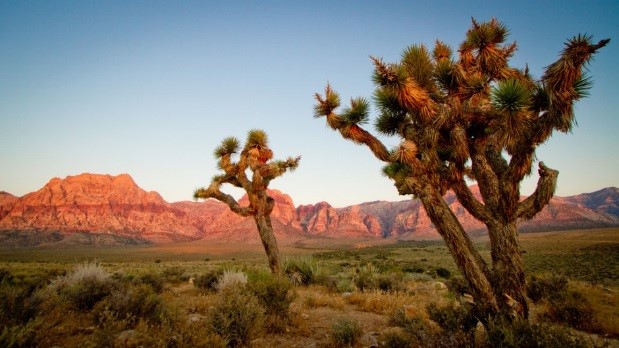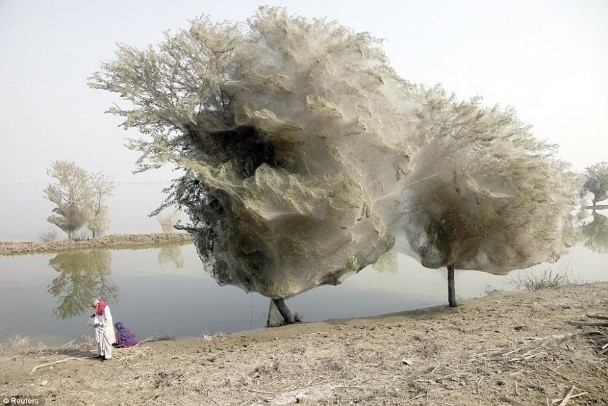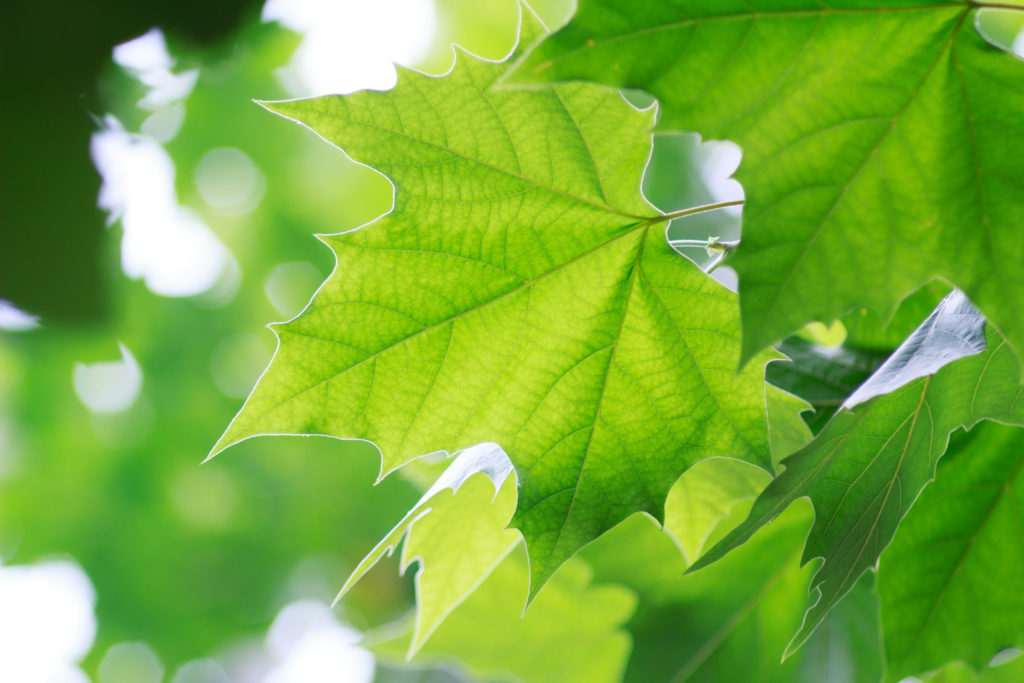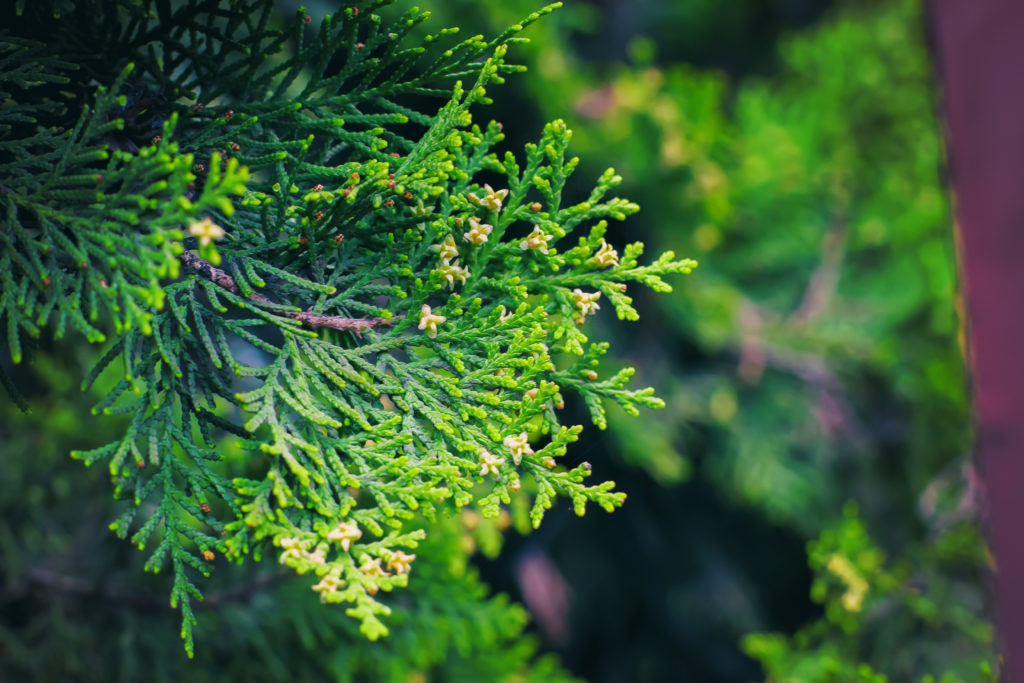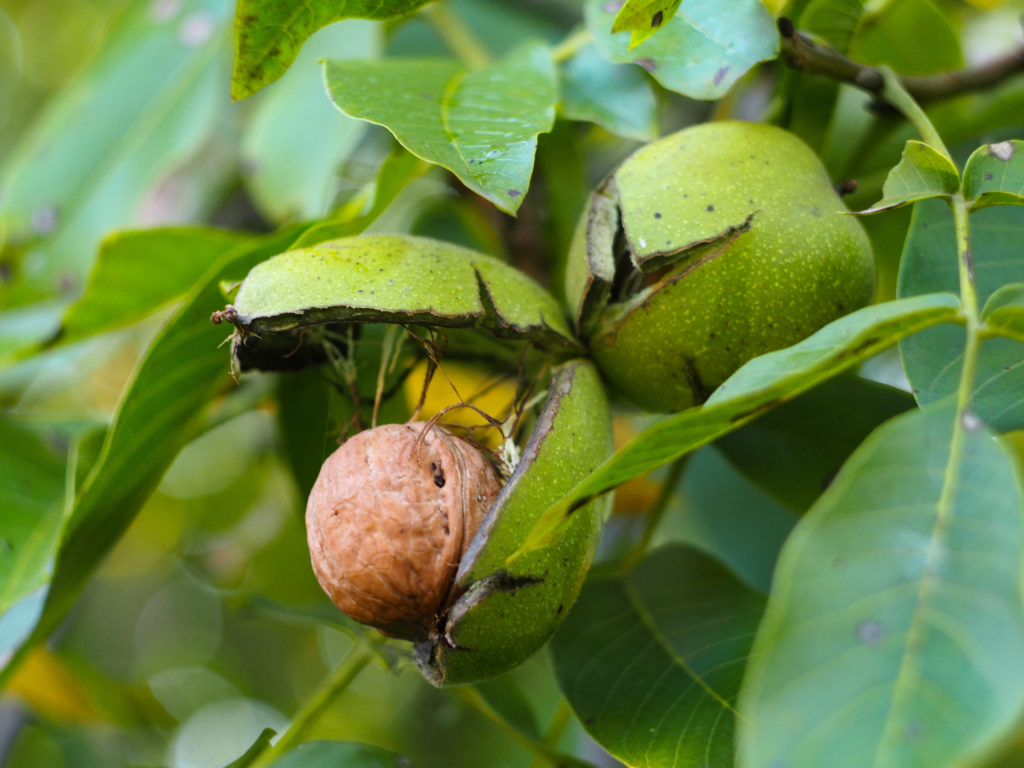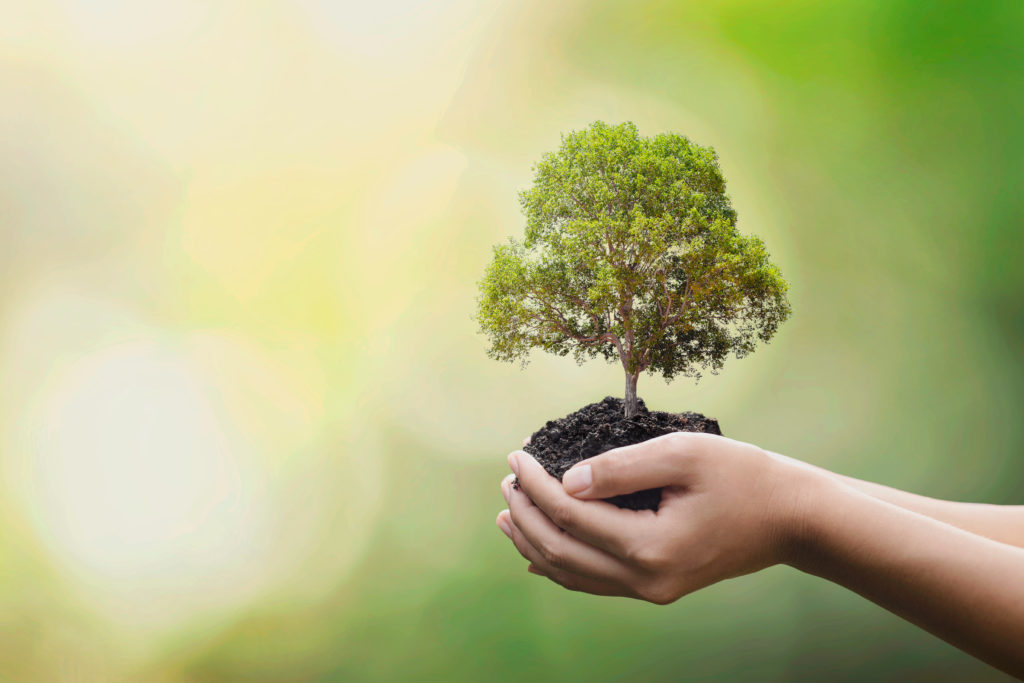
Trees are always a great investment. Not only are they good for the environment, but they can also add beauty to your landscape and value to your property. Trees provide us with oxygen as well as much needed shade during the summer and block winds during all seasons. Overall, trees are an asset to your home, however when neglected or improperly cared for, they can cause damage to your property and your pocket. Read along as we discuss the importance of tree care.
Hazardous
When a tree is neglected and not given the proper care that it deserves, it can become damaged, leading to hazardous situations. As explained by the ISA, when a tree becomes hazardous it can lead to it failing. Meaning that the tree trunk can split causing it to fall to the ground, or the entire tree can become uprooted. As living organisms that grow in different environments, it can be difficult to determine when a tree may fail, which is why it is so important to give it the proper care to prevent injuries or property damage. If you feel that your tree needs some attention, we are your Pinellas County hazardous tree specialist. Trust that our experienced arborist can tackle any tree service you require.
Tree Care
By implementing a proper tree care plan, you are contributing to the health and growth of your tree. Not only is a healthy tree gorgeous, but when cared for, can increase the value of your property. Services such as pruning and deep root fertilization are all recommended maintenance services that will ensure that your trees are in great health to live long and thrive. When needed, we can remove your dying trees to ensure that your home remains safe.
We specialize in the trees that grow in Florida, count on us to provide yours with the proper care and attention they need.
If you are in Pinellas County call on The Palms Tree Service Inc. for all of your tree care needs.
Visit our website for more information about us and our services.


